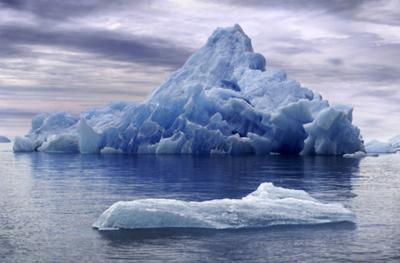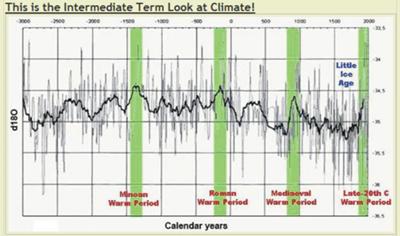When stereotypes are wrong
by Jen
I have traveled to many cities in Canada, including Vancouver, Toronto and Montreal.
Vancouver is beautiful and typically experiences very mild temperatures due to its coastal location and mountainous ranges. Summers are comfortable without being too hot, but it rains all spring, fall and winter! Sometimes they get snow in the winter, but it is not common enough that every Vancouverite would actually own a shovel!
Toronto experiences a huge range of temperatures and weather. This cosmopolitan city is located on the shores of Lake Ontario, so if you are downtown, there is a bit of a muting effect on what is going on with the rest of southern Ontario. This is when stereotypes are wrong. It is hot, sticky and humid in the summer, cool in the spring and fall, and cold with guaranteed snowfall in the winter!
Montreal is on a tiny island in Quebec and experiences very similar weather to Toronto, with the exception to their winters. Montreal tends to experience a very damp winter - which seems to add a huge drop in temperature, so it is bone-chilling cold!
If you don't believe me, check out online resources like Environment Canada or weatheroffice.gc.ca. I look up the weather online everyday because I like to be prepared, so one of my favourite sites is theweathernetwork.com. Extra information can be found by looking at weather radar, when you want to know if any precipitation is going on.
Canada is a huge country, and I have not even traveled to many cities but I have experienced so many different types of weather. I think it's unfair and an uneducated comment to make that Canada is cold all of the time. Visit Canada outside of winter and you will see that they do not have to suffer winter year-round!
Barry's Response - Thank you so much, Jen. Let us know if you're going to Calgary, Edmonton, Winnipeg, or Halifax.
Search this site for more information now.
There is no doubt that Canada possesses a wide range of climates and weather extremes that merit our attention.
This diversity can only be fully understood by understanding how this great nation's geography impacts climatic conditions across its vast expanse.
As we explore, we come across the majestic Canadian Rockies. Their snow-capped summits provide an imposing barrier to prevailing weather systems. Due to this, areas on the western side have a temperate, maritime climate. In British Columbia, the Pacific Ocean's moist air masses create lush coastal rainforests and contribute to the region's renowned beauty.
As we travel eastward, things change. Shadows created by these mountains influence precipitation patterns, creating a stark contrast. The interior regions face continental climatic conditions, with greater temperature fluctuations and less precipitation. Prairies bear witness to this phenomenon, with hot summers and bitterly cold winters shaped by their geographic location and minimal influence from nearby water bodies.
A little further east is the Great Lakes region, which includes parts of Ontario and Quebec. These vast bodies of water have a lot of thermal inertia, so they moderate the climate. During the colder months, the Great Lakes release their stored heat, thereby mitigating extreme temperature drops and fostering a more temperate climate.
As we venture further east, a new set of climatic conditions emerges. From the surrounding waters, the Atlantic provinces, like Newfoundland and Labrador, get the brunt of maritime influences. It's a climatic dance between the Gulf Stream and Labrador Current, creating mild winters, cooler summers, and lots of rain. These easternmost regions of Canada have a maritime climate thanks to oceanic influences and west-bound winds.
In this tapestry of diverse climates, we have to acknowledge the Arctic regions in the north. There's a lot of cold here, in the land of ice and tundra. As temperatures plunge to unimaginable depths and
vast expanses of ice and snow cover the landscape, the Arctic climate shows off its power.
There's a lot of complexity and diversity in Canada's climate. Each region has its own weather patterns and extremes, from the coastal rainforests of the west to the frigid Arctic expanses of the north. We gain invaluable insights into the remarkable natural diversity that Canada proudly possesses when we understand and appreciate this breadth of climatic conditions.
Comments for When stereotypes are wrong
|
||
|
||
|
||
|
||
|
||
|
||
|
Click here to add your own comments Join in and write your own page! It's easy to do. How? Simply click here to return to Cold, eh?. |
Do you have concerns about air pollution in your area??
Perhaps modelling air pollution will provide the answers to your question.
That is what I do on a full-time basis. Find out if it is necessary for your project.
Have your Say...
on the StuffintheAir facebook page
Other topics listed in these guides:
The Stuff-in-the-Air Site Map
And,
Thank you to my research and writing assistants, ChatGPT and WordTune, as well as Wombo and others for the images.
GPT-4, OpenAI's large-scale language generation model (and others provided by Google and Meta), helped generate this text. As soon as draft language is generated, the author reviews, edits, and revises it to their own liking and is responsible for the content.




